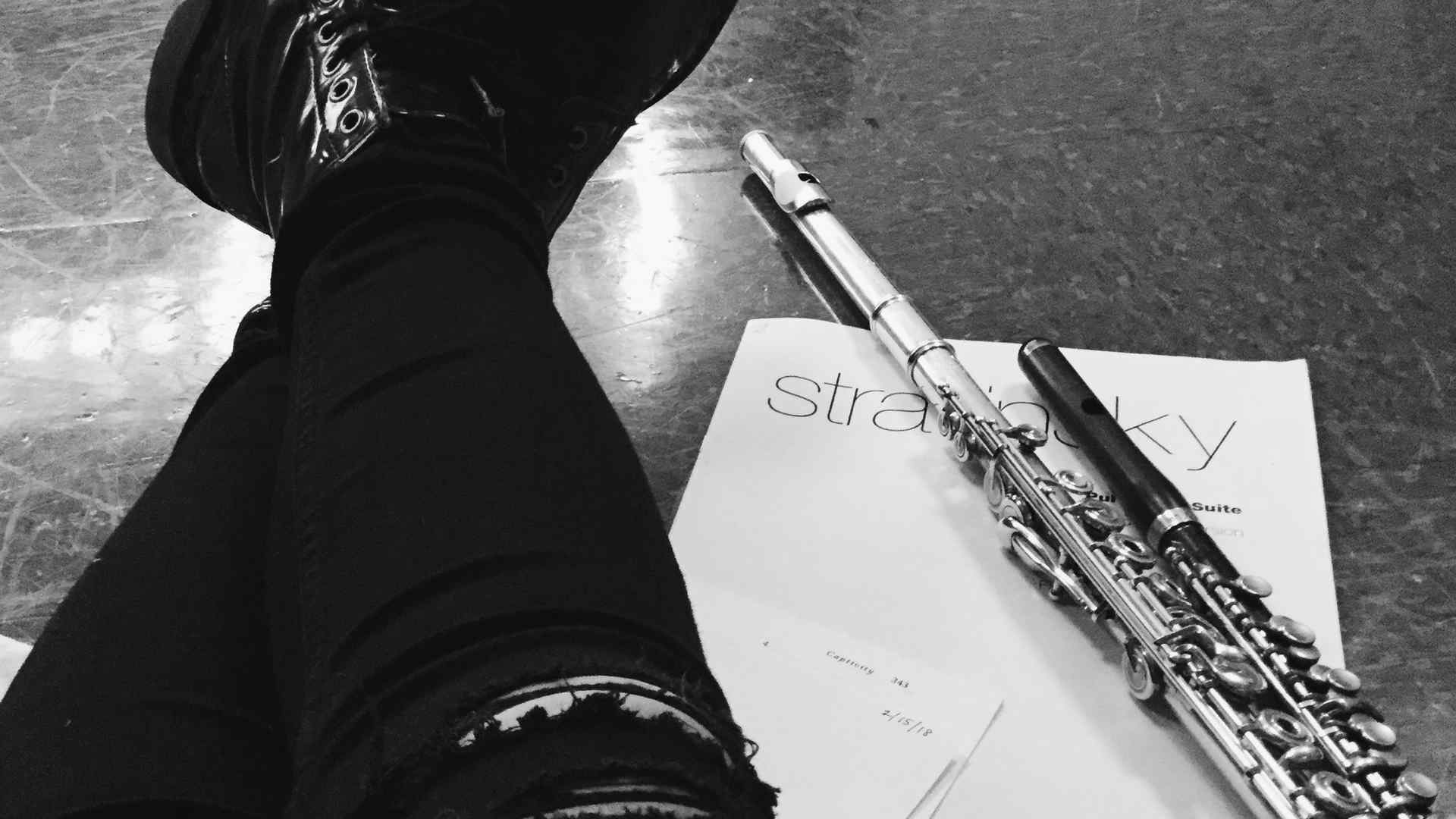
Every piece requires a slightly different rehearsal process depending on its individual elements and challenges.
As a music major at Juilliard, the majority of orchestra and other ensemble pieces follow a similar pattern of rehearsing, but there’s always room to tackle the more complex aspects and skim through the less challenging ones. Here’s a typical orchestra rehearsal process:
1. Actually getting the music
Before group rehearsals even begin, it’s important for us to get the music and practice it on our own, familiarizing ourselves with the technicalities of our individual parts. By getting this out of the way individually, it makes the overall rehearsal process much more efficient so that we don’t have to waste valuable rehearsal time learning tricky passages. If there are recordings of the pieces, we listen to those to see where our parts fit into the grand scope of the work. Especially with brand-new works, if the composer is living and we are able to contact them (or others who may have worked with them), sometimes it helps to clear up any confusion in notation or what the composer wants. Having time to review and familiarize ourselves with the music before we all come together helps ensure that everybody is confident in their own parts and ready to focus on uniting them into a cohesive work.
2. First rehearsals
Sometimes before the ensemble even fully converges, we'll have sectionals, in which parts of the ensemble rehearse in smaller groups (often divided into strings, woodwinds, brass, and percussion because each group often has similar parts, though it depends on the piece’s demands). As an in-between of individual practice and full rehearsal, this can be a good opportunity to see how our parts interact with others’. This is a good time to test out intonation within the section, see the difference in playing the dynamics by ourselves versus within a group of people, and talk about our questions amongst ourselves without disrupting orchestra rehearsal.
3. Full rehearsals
This is where we finally all come together—and depending on the type of performance, it may be all the instrumentalists in the orchestra or it may be all the musicians and dancers or any combination like that. Though tedious at times and very detail-oriented, these rehearsals are where we fit our parts into the whole and sort through other complications. The conductor is in charge of keeping us all at the same tempo and same interpretation of the piece, so these rehearsals help unify us. At Juilliard, different musicians are placed in different performances, each orchestra cycle is made up of a unique combination of people. Because of that, the orchestra sounds different each time, and these rehearsals are a way for us to get used to and adapt to the unique sound of this particular orchestra. Once we do that and the piece feels ready, we have a dress rehearsal or run-through, and then we perform it!
Depending on the magnitude of the piece, we can be ready in as little as two weeks or as long as several months. At any given point in the process, of course we can go back to individual practice or call for more sectionals as needed, but this is the general trajectory at Juilliard—it’s very fast-paced and efficiency-oriented, which makes it great preparation for life as a professional performing artist. Despite this, every performance is completely unique, with different obstacles, discoveries, and memories formed out of each piece.